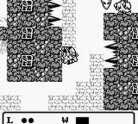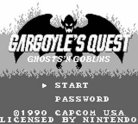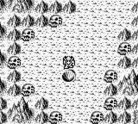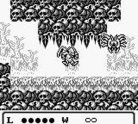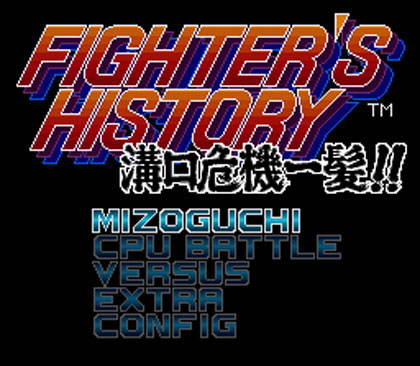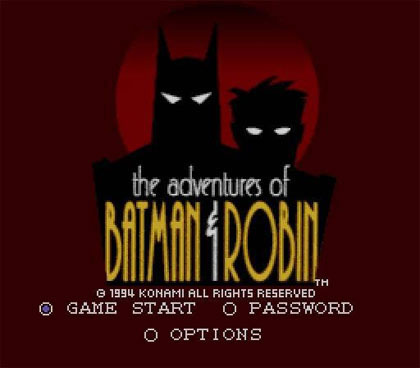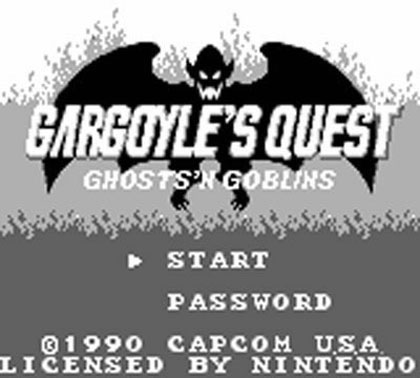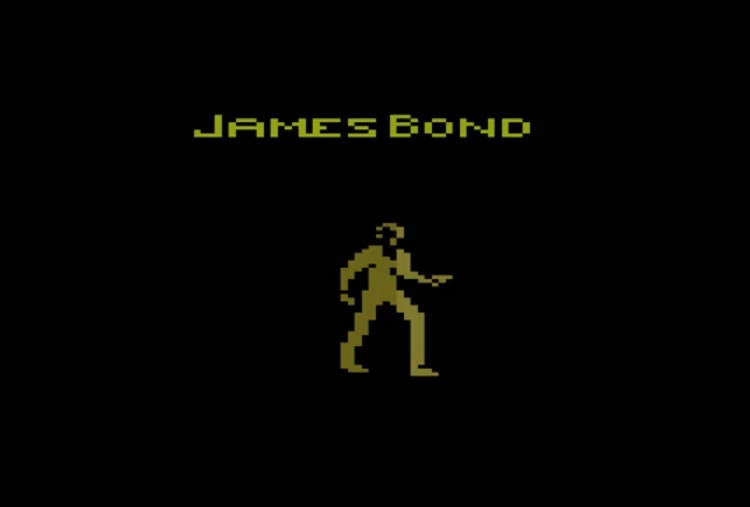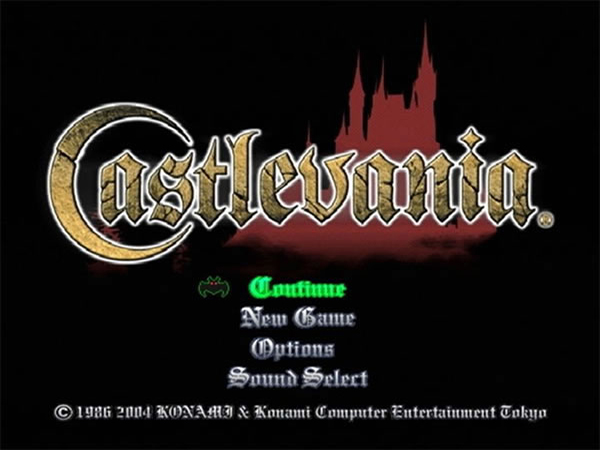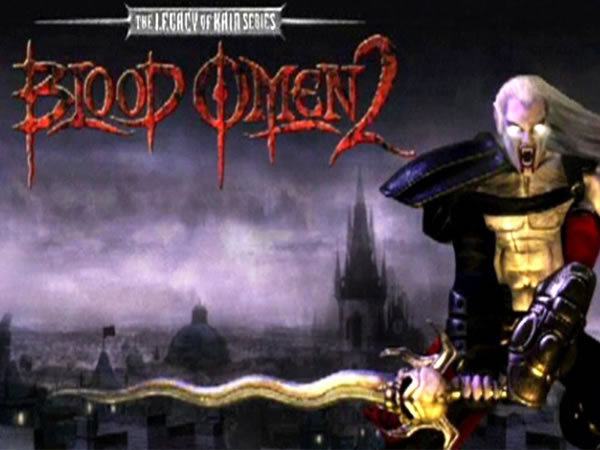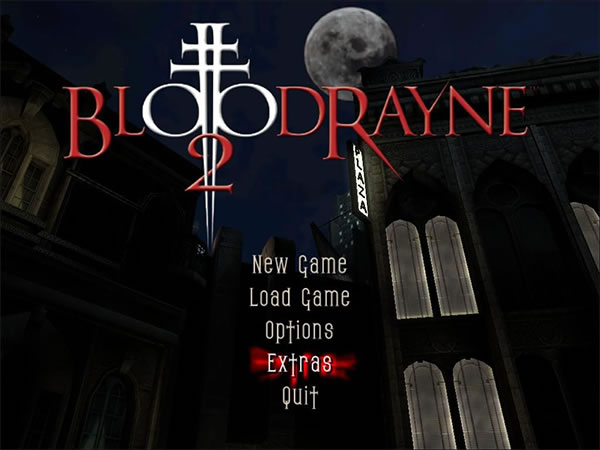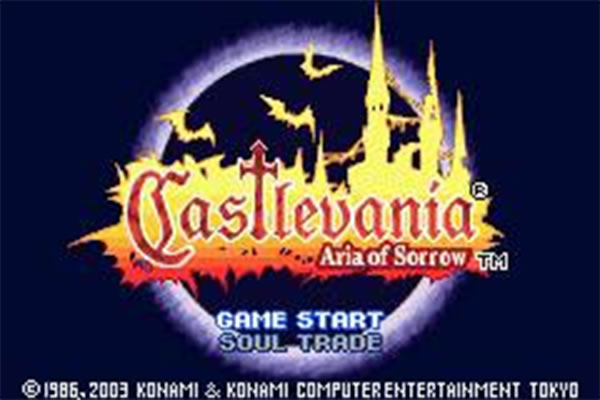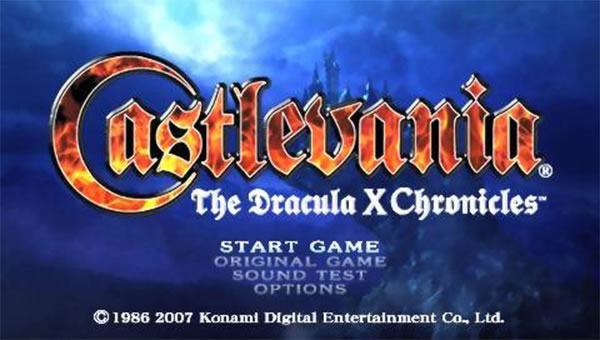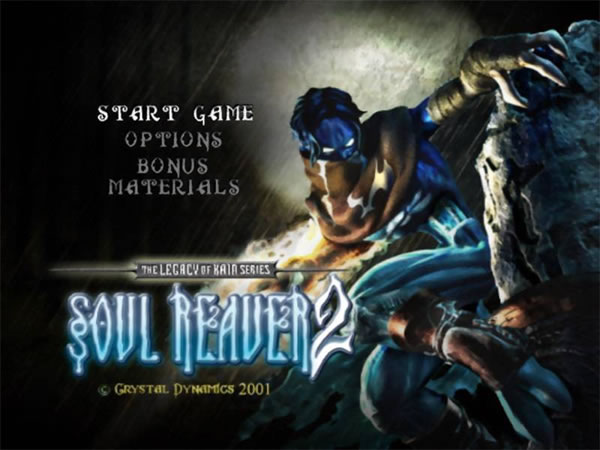- CLASSIC MAGAZINES
- REVIEW CREW
A show recapping what critics thought back
when classic games first came out! - NEXT GENERATION'S BEST & WORST
From the worst 1-star reviews to the best
5-stars can offer, this is Next Generation! - NINTENDO POWER (ARCHIVE)
Experience a variety of shows looking at the
often baffling history of Nintendo Power! - MAGAZINE RETROSPECTIVE
We're looking at the absolutely true history of
some of the most iconic game magazines ever! - SUPER PLAY'S TOP 600
The longest and most ambitious Super NES
countdown on the internet! - THEY SAID WHAT?
Debunking predictions and gossip found
in classic video game magazines! - NEXT GENERATION UNCOVERED
Cyril is back in this spin-off series, featuring the
cover critic review the art of Next Generation! - HARDCORE GAMER MAGAZING (PDF ISSUES)
Download all 36 issues of Hardcore Gamer
Magazine and relive the fun in PDF form!
- REVIEW CREW
- ELECTRONIC GAMING MONTHLY
- ELECTRONIC GAMING MONTHLY RANKS
From Mario to Sonic to Street Fighter, EGM
ranks classic game franchises and consoles! - ELECTRONIC GAMING MONTHLY BEST & WORST
Counting down EGM’s best and worst reviews
going year by year, from 1989 – 2009! - ELECTRONIC GAMING BEST & WORST AWARDS
11-part video series chronicling the ups and
downs of EGM’s Best & Worst Awards!
- ELECTRONIC GAMING MONTHLY RANKS
- GAME HISTORY
- GAME OVER: STORY BREAKDOWNS
Long-running series breaking down game
stories and analyzing their endings! - A BRIEF HISTORY OF GAMING w/ [NAME HERE]
Real history presented in a fun and pithy
format from a variety of game historians! - THE BLACK SHEEP
A series looking back at the black sheep
entries in popular game franchises! - INSTANT EXPERT
Everything you could possibly want to know
about a wide variety of gaming topics! - FREEZE FRAME
When something familiar happens in the games
industry, we're there to take a picture! - I'VE GOT YOUR NUMBER
Learn real video game history through a series
of number-themed episodes, starting at zero! - GREAT MOMENTS IN BAD ACTING
A joyous celebration of some of gaming's
absolute worst voice acting!
- GAME OVER: STORY BREAKDOWNS
- POPULAR SHOWS
- DG NEWS w/ LORNE RISELEY
Newsman Lorne Riseley hosts a regular
series looking at the hottest gaming news! - REVIEW REWIND
Cyril replays a game he reviewed 10+ years
ago to see if he got it right or wrong! - ON-RUNNING FEUDS
Defunct Games' longest-running show, with
editorials, observations and other fun oddities! - DEFUNCT GAMES QUIZ (ARCHIVE)
From online quizzes to game shows, we're
putting your video game knowledge to the test!- QUIZ: ONLINE PASS
Take a weekly quiz to see how well you know
the news and current gaming events! - QUIZ: KNOW THE GAME
One-on-one quiz show where contestants
find out if they actually know classic games! - QUIZ: THE LEADERBOARD
Can you guess the game based on the classic
review? Find out with The Leaderboard!
- QUIZ: ONLINE PASS
- DEFUNCT GAMES VS.
Cyril and the Defunct Games staff isn't afraid
to choose their favorite games and more! - CYRIL READS WORLDS OF POWER
Defunct Games recreates classic game
novelizations through the audio book format!
- DG NEWS w/ LORNE RISELEY
- COMEDY
- GAME EXPECTANCY
How long will your favorite hero live? We crunch
the numbers in this series about dying! - VIDEO GAME ADVICE
Famous game characters answer real personal
advice questions with a humorous slant! - FAKE GAMES: GUERILLA SCRAPBOOK
A long-running series about fake games and
the people who love them (covers included)! - WORST GAME EVER
A contest that attempts to create the worst
video game ever made, complete with covers! - LEVEL 1 STORIES
Literature based on the first stages of some
of your favorite classic video games! - THE COVER CRITIC
One of Defunct Games' earliest shows, Cover
Critic digs up some of the worst box art ever! - COMMERCIAL BREAK
Take a trip through some of the best and
worst video game advertisements of all time! - COMIC BOOK MODS
You've never seen comics like this before.
A curious mix of rewritten video game comics!
- GAME EXPECTANCY
- SERIES ARCHIVE
- NINTENDO SWITCH ONLINE ARCHIVE
A regularly-updated list of every Nintendo
Switch Online release, plus links to review! - PLAYSTATION PLUS CLASSIC ARCHIVE
A comprehensive list of every PlayStation
Plus classic release, including links! - RETRO-BIT PUBLISHING ARCHIVE
A regularly-updated list of every Retro-Bit
game released! - REVIEW MARATHONS w/ ADAM WALLACE
Join critic Adam Wallace as he takes us on a
classic review marathon with different themes!- DEFUNCT GAMES GOLF CLUB
Adam Wallace takes to the links to slice his way
through 72 classic golf game reviews! - 007 IN PIXELS
Adam Wallace takes on the world's greatest spy
as he reviews 15 weeks of James Bond games! - A SALUTE TO VAMPIRES
Adam Wallace is sinking his teeth into a series
covering Castlevania, BloodRayne and more! - CAPCOM'S CURSE
Adam Wallace is celebrating 13 days of Halloween
with a line-up of Capcom's scariest games! - THE FALL OF SUPERMAN
Adam Wallace is a man of steel for playing
some of the absolute worst Superman games! - THE 31 GAMES OF HALLOWEEN
Adam Wallace spends every day of October afraid
as he reviews some of the scariest games ever! - 12 WEEKS OF STAR TREK
Adam Wallace boldly goes where no critic has
gone before in this Star Trek marathon!
- DEFUNCT GAMES GOLF CLUB
- DAYS OF CHRISTMAS (ARCHIVE)
Annual holiday series with themed-episodes
that date all the way back to 2001!- 2015: 30 Ridiculous Retro Rumors
- 2014: 29 Magazines of Christmas
- 2013: 29 Questionable Power-Ups of Christmas
- 2012: 34 Theme Songs of Christmas
- 2011: 32 Game Endings of Christmas
- 2010: 31 Bonus Levels of Christmas
- 2009: 30 Genres of Christmas
- 2008: 29 Controls of Christmas
- 2007: 34 Cliches of Christmas
- 2006: 33 Consoles of Christmas
- 2005: 32 Articles of Christmas
- 2004: 31 Websites of Christmas
- 2003: 29 Issues of Christmas
- 2002: 28 Years of Christmas
- 2001: 33 Days of Christmas
- NINTENDO SWITCH ONLINE ARCHIVE
- REVIEW ARCHIVE
- FULL ARCHIVE
Gargoyle's Quest
This Capcom adventure could have easily been a forgettable spinoff of Ghosts n' Goblins, but Gargoyle's Quest on the Game Boy goes beyond the gimmick of playing as a monster. Despite showing its age, Gargoyle's Quest is a worthwhile handheld experience, even during the eighth generation of home consoles.
You control Firebrand, a villain from Ghosts n' Goblins. You can spit fire, jump, hover, and clamp onto walls (where you can spit more fire). Hovering and clamping onto walls are the mechanics that set Gargoyle's Quest apart from other adventures like The Battle of Olympus and Zelda II: The Adventure of Link. It takes a little time getting used to Firebrand's mechanics, but thankfully they are dynamic and understandable. For example, after jumping you can press the jump button again to hover, press the button again to stop hovering, and press it yet again to hover at a lower height, provided that you have enough stamina. Your stamina bar for hovering refills once you hit the ground or clamp onto a wall.
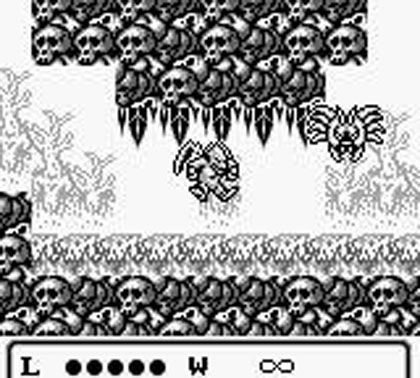
Like any adventure game, you get stronger and gain more abilities as you delve deeper into the game's story. At first you spit relatively weak fire, but eventually you can spit more powerful fire that breaks through certain blocks. Another type of fire creates temporary areas on spikes that you can clamp onto without taking damage. All of the upgrades are noticeable and useful.
The travel in Gargoyle's Quest is a strange mixture of action and role-playing. Like Zelda II, Gargoyle's Quest is a side-scroller that features top-down traveling in an overworld as you move between locations. Unlike Zelda II, Gargoyle's Quest has random enemy encounters that you can't avoid. After a random encounter, you must defeat all enemies on the screen to get back to your traveling, almost like a side-scrolling Final Fantasy that doesn't allow evasion. This system is both interesting and tedious, as the "stages" for random combat will often repeat.
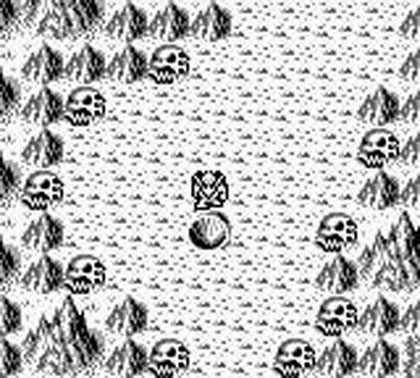
For an adventure, the story is very straightforward. Pathfinding shouldn't be an issue. Although the townsfolk ... er, townsmonsters, might have something useful or interesting to say, the text speed is set to William Shatner. So that. Everything you read. Comes across. Like this. Passwords also rear their outmoded heads, but at least the passwords aren't idiotically long (as they are in River City Ransom).
A significant part of Gargoyle's Quest is its tone and atmosphere. While the game is darker than your average platformer, it also has lighthearted dialogue as well as moments of triumph that even good guys could relate to. The limited graphics do a decent job of building the game's tone, but it's the music that sells the atmosphere. This game has an impressive soundtrack for a Game Boy game, rivaling standouts like Link's Awakening.
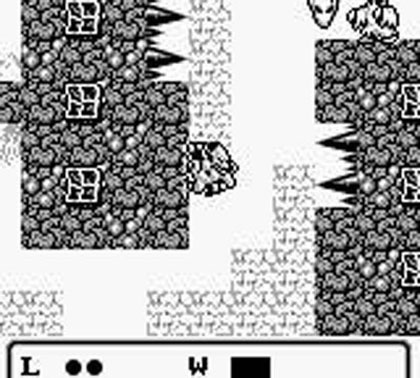
You probably don't want to play Gargoyle's Quest if you don't want a little challenge. It's nowhere near the hardest game I've beaten, but the funky lives and resurrection system can be a turnoff. The game is also obtuse at times. For example, a weaker fire attack is inexplicably required to damage certain enemies later in the game. And I suppose this should go without saying, but the final dungeon really is a bastard.
Gargoyle's Quest certainly has its quirks, but it also strikes me as more accessible than side-scrolling adventures like Zelda II and Castlevania II. The ingenuity of this Game Boy title should be an inspiration to modern developers. At the very least, one must wonder when Capcom will pimp Firebrand again.
You control Firebrand, a villain from Ghosts n' Goblins. You can spit fire, jump, hover, and clamp onto walls (where you can spit more fire). Hovering and clamping onto walls are the mechanics that set Gargoyle's Quest apart from other adventures like The Battle of Olympus and Zelda II: The Adventure of Link. It takes a little time getting used to Firebrand's mechanics, but thankfully they are dynamic and understandable. For example, after jumping you can press the jump button again to hover, press the button again to stop hovering, and press it yet again to hover at a lower height, provided that you have enough stamina. Your stamina bar for hovering refills once you hit the ground or clamp onto a wall.

Like any adventure game, you get stronger and gain more abilities as you delve deeper into the game's story. At first you spit relatively weak fire, but eventually you can spit more powerful fire that breaks through certain blocks. Another type of fire creates temporary areas on spikes that you can clamp onto without taking damage. All of the upgrades are noticeable and useful.
The travel in Gargoyle's Quest is a strange mixture of action and role-playing. Like Zelda II, Gargoyle's Quest is a side-scroller that features top-down traveling in an overworld as you move between locations. Unlike Zelda II, Gargoyle's Quest has random enemy encounters that you can't avoid. After a random encounter, you must defeat all enemies on the screen to get back to your traveling, almost like a side-scrolling Final Fantasy that doesn't allow evasion. This system is both interesting and tedious, as the "stages" for random combat will often repeat.

For an adventure, the story is very straightforward. Pathfinding shouldn't be an issue. Although the townsfolk ... er, townsmonsters, might have something useful or interesting to say, the text speed is set to William Shatner. So that. Everything you read. Comes across. Like this. Passwords also rear their outmoded heads, but at least the passwords aren't idiotically long (as they are in River City Ransom).
A significant part of Gargoyle's Quest is its tone and atmosphere. While the game is darker than your average platformer, it also has lighthearted dialogue as well as moments of triumph that even good guys could relate to. The limited graphics do a decent job of building the game's tone, but it's the music that sells the atmosphere. This game has an impressive soundtrack for a Game Boy game, rivaling standouts like Link's Awakening.

You probably don't want to play Gargoyle's Quest if you don't want a little challenge. It's nowhere near the hardest game I've beaten, but the funky lives and resurrection system can be a turnoff. The game is also obtuse at times. For example, a weaker fire attack is inexplicably required to damage certain enemies later in the game. And I suppose this should go without saying, but the final dungeon really is a bastard.
Gargoyle's Quest certainly has its quirks, but it also strikes me as more accessible than side-scrolling adventures like Zelda II and Castlevania II. The ingenuity of this Game Boy title should be an inspiration to modern developers. At the very least, one must wonder when Capcom will pimp Firebrand again.
HOME |
CONTACT |
NOW HIRING |
WHAT IS DEFUNCT GAMES? |
NINTENDO SWITCH ONLINE |
RETRO-BIT PUBLISHING
Retro-Bit |
Switch Planet |
The Halcyon Show |
Same Name, Different Game |
Dragnix |
Press the Buttons
Game Zone Online | Hardcore Gamer | The Dreamcast Junkyard | Video Game Blogger
Dr Strife | Games For Lunch | Mondo Cool Cast | Boxed Pixels | Sega CD Universe | Gaming Trend
Game Zone Online | Hardcore Gamer | The Dreamcast Junkyard | Video Game Blogger
Dr Strife | Games For Lunch | Mondo Cool Cast | Boxed Pixels | Sega CD Universe | Gaming Trend
Copyright © 2001-2025 Defunct Games
All rights reserved. All trademarks are properties of their respective owners.
All rights reserved. All trademarks are properties of their respective owners.






